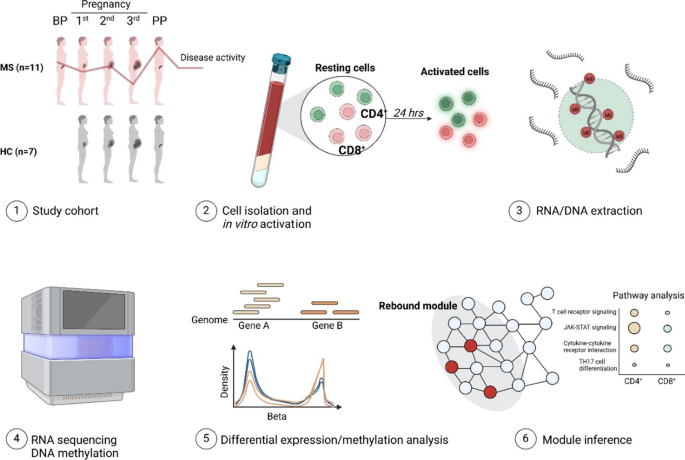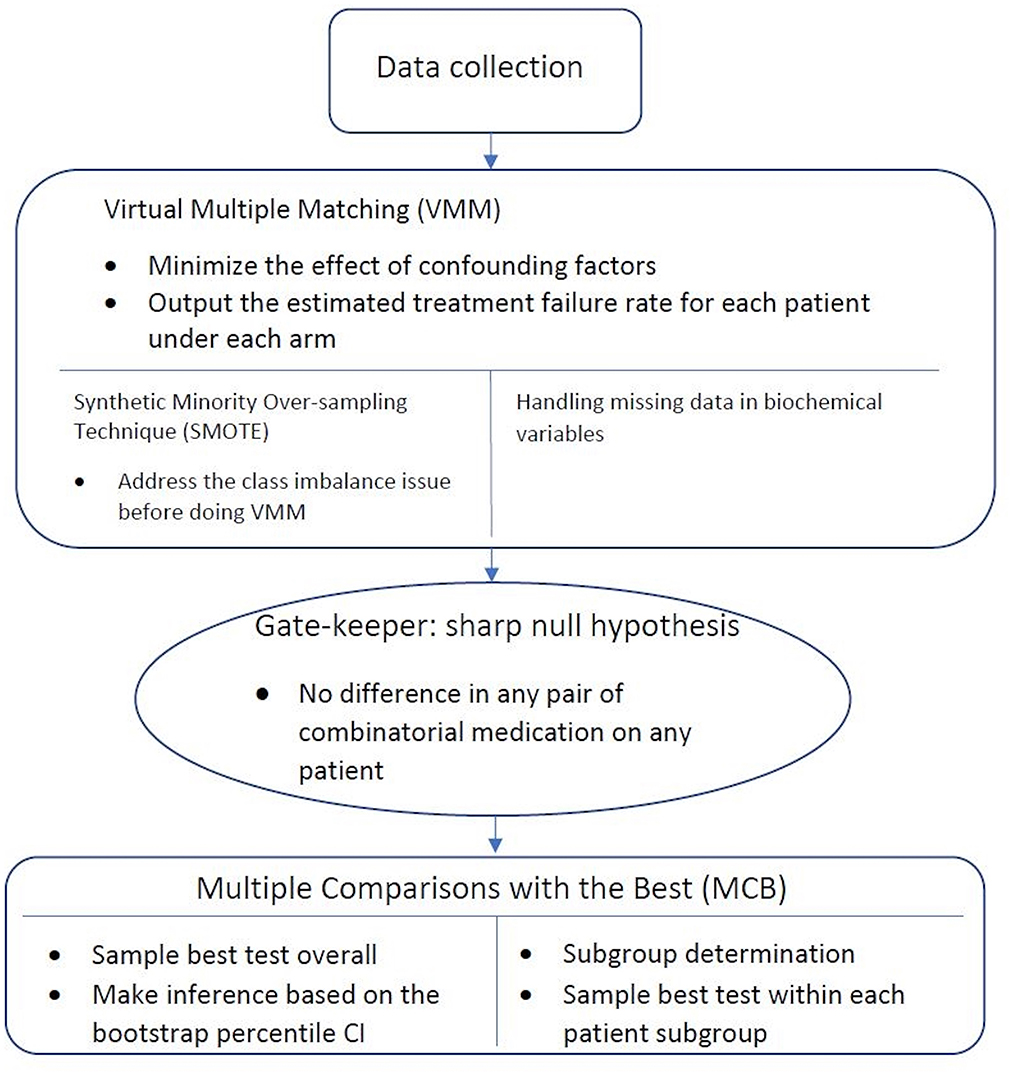2023-06-13 カリフォルニア大学リバーサイド校(UCR)
◆絵文字は普遍的な魅力と異なる人々へのアクセシビリティを持ち、言語や教育レベル、年齢に関係なく使用されることができます。絵文字を使ったコミュニケーションは、言語の壁や健康状態による制約を乗り越えることができ、患者と医師の間でより効果的な情報交換が可能になります。さらに、絵文字を用いたアンケートや調査は短縮され、回答率も向上することが期待されます。
◆絵文字の力を最大限に活用するためには、医学団体や関連組織が共通の意味合いを持つ絵文字のセットを確立することが重要です。
<関連情報>
- https://news.ucr.edu/articles/2023/06/13/using-emoji-measure-health
- https://jamanetwork.com/journals/jamanetworkopen/fullarticle/2805970
絵文字を読み解く-ヘルスケアにおけるコミュニケーション強化のための言語として
Interpreting Emoji—A Language for Enhancing Communication in Health Care
Shuhan He,Jennifer 8. Lee,Kendrick Davis
JAMA Network Open Published:June 13, 2023
DOI:10.1001/jamanetworkopen.2023.18073
Halverson et al1 provide a valuable contribution to understanding emoji use between health care clinicians, showcasing the potential for these symbols to enhance communication within the health care context.1 By analyzing 1319 clinical text message threads, they found that 7% contained emoji or emoticons, primarily adding emotional content (61%) or facilitating opening, maintaining, or closing communication channels (32%). This research carries important implications, as it suggests that emoji and emoticons are crucial in professional medical communication.
Language is the association of visual or verbal information with meaning, and the ultimate goal of medicine is human understanding to provide effective treatment. Traditionally, health care clinicians have relied on various communication methods to understand and treat patients. These methods include physician-patient communication through verbal and written language, physical examinations (sensory or audible information), or numeric information such as vital signs and laboratory data. With the emergence of digital health technology, clinicians continue to adopt new modes of communication, such as patient-reported outcomes.2
For example, the combination of English, numeric, and emoji elements in the phrase “Sad-[HR-120]-🔪” effectively conveys complex patient information, signifying a concern for a patient with potential suicidal ideation in a health care context. While there are valid concerns about incorporating pictorial languages in health care, it is important to acknowledge that these languages are already extensively used in natural language settings. Consider an example with 3 language elements: “Heart-心-”. The English representation “Heart” has a striking contrast from the commonly used visual language representations, Mandarin and emoji. Yet they are all encoded in Unicode UTF-8 as a semantically interoperable language: “EE5 BF 83 20 F0 9F AB 80 20 68 65 61 72 74”.
In communication between physicians, emoji can be a valuable tool for expressing meaning. Halverson et al1 found that in their sample, the thumbs-up emoji (👍) was the most commonly used, accounting for 39% of all emoji. Their study indicated that this emoji was used when a message had been received or a proposed course of action was acknowledged, representing meanings such as “approve” or “OK.” It is interesting to note that the word “OK” has a relatively short history of about 200 years.3 Understanding the evolution of 👍 as an alternative representation of “OK” is essential for fostering mutual understanding in various contexts, such as in medical legal liability.
Effective communication is essential for successful treatment and care, but certain health situations, such as stroke, brain injury, or vocal impairments, can create substantial barriers, including loss of voice or difficulty speaking while mechanically ventilated. Research into understanding visual point and tap language inputs that are universally accessible, such as those within the Unicode Standard, can help alleviate these barriers and improve patient outcomes.
To build upon the promise of Unicode and the emoji system within medicine, several ongoing efforts have emerged. One such campaign involves the translation of paper-based patient-reported outcome tools, such as the Wong-Baker Faces Pain Scale, into a digital and semantically interoperable emoji-based visual analogue scale:😀🙂😐🙁☹️😭. This open-source scale is freely available for all users and is preinstalled on devices that use Unicode, including iOS, Android, Windows, and most modern electronic medical record systems.4
Another critical aspect is creating more scientific and medical representation in these evolving visual languages. Currently, emoji for common items such as 🥪 and 💩 exist, but there is a noticeable absence of emoji to represent most organs of the body that are involved in this digestion process.5 The release of Unicode version 13.0 in March 2020, which included anatomical representations of the heart (🫀) and lungs (🫁), was a substantial development in expanding the range of medically relevant emoji which had already existed, such as stethoscope (🩺), syringe (💉), and pill (💊). However, there is a need for a clear prioritization for further expansion. Two primary categories include anatomically accurate organ emoji, such as those for the stomach, intestine, liver, and kidneys, and visual medical equipment, such as IV bag and weight scale.
Active campaigns for some of these individual medically relevant emoji, such as the anatomical kidney, stomach, and liver have received substantial support from relevant societies and require ongoing attention.6 However, to establish a standardized set of medically relevant emoji, it is crucial for medical societies and relevant organizations to not only endorse individual emoji but also come together to agree on a comprehensive set of symbols that are universally recognized and understood. In recent years, the Unicode Consortium has indicated that it would like to look toward third parties for more emoji-style encoding, though it has not found a path forward. Therefore, having a clear consensus from medical authorities on a set of medical emoji—perhaps piloted through custom emoji on technology platforms to show demand—would provide guidance and direction to the Consortium in expanding the range of medical emoji, while also ensuring that the symbols are accurately represented and universally understood in health care communication.
With the continued expansion of the Unicode Standard to hopefully include more medically relevant characters, interpreting and summarizing these characters as digital patient-reported outcomes accurately will present an increasingly challenging task for health care clinicians. However, machine learning algorithms provide a promising solution to this issue. By leveraging prior patient data, a predictive model can be trained using supervised learning techniques, enabling the establishment of a patient’s symptom baseline within the context of their medical history. ⚡🧠, for example, provides critical information in the setting of a prior history of hypertension and new aphasia in the emergency department. This model can then generate personalized interpretations of new patient data, allowing health care clinicians to promptly identify and respond to critical information. Ultimately, this approach has the potential to improve patient outcomes by providing health care clinicians with tailored and actionable insights that can enhance the quality of care.7
The use of emoji in health care communication presents numerous advantages, including their universal appeal and accessibility to diverse populations. By promoting more effective communication between patients and care clinicians, as well as between clinicians themselves, a universal emoji-based language system with a common agreement of meanings can be developed. Taking clinician-clinician communication into account is crucial for a comprehensive understanding of this potential. As digital health technology continues to advance, embracing the potential of emoji as a language for health can substantially enhance communication, ultimately improving patient care.



